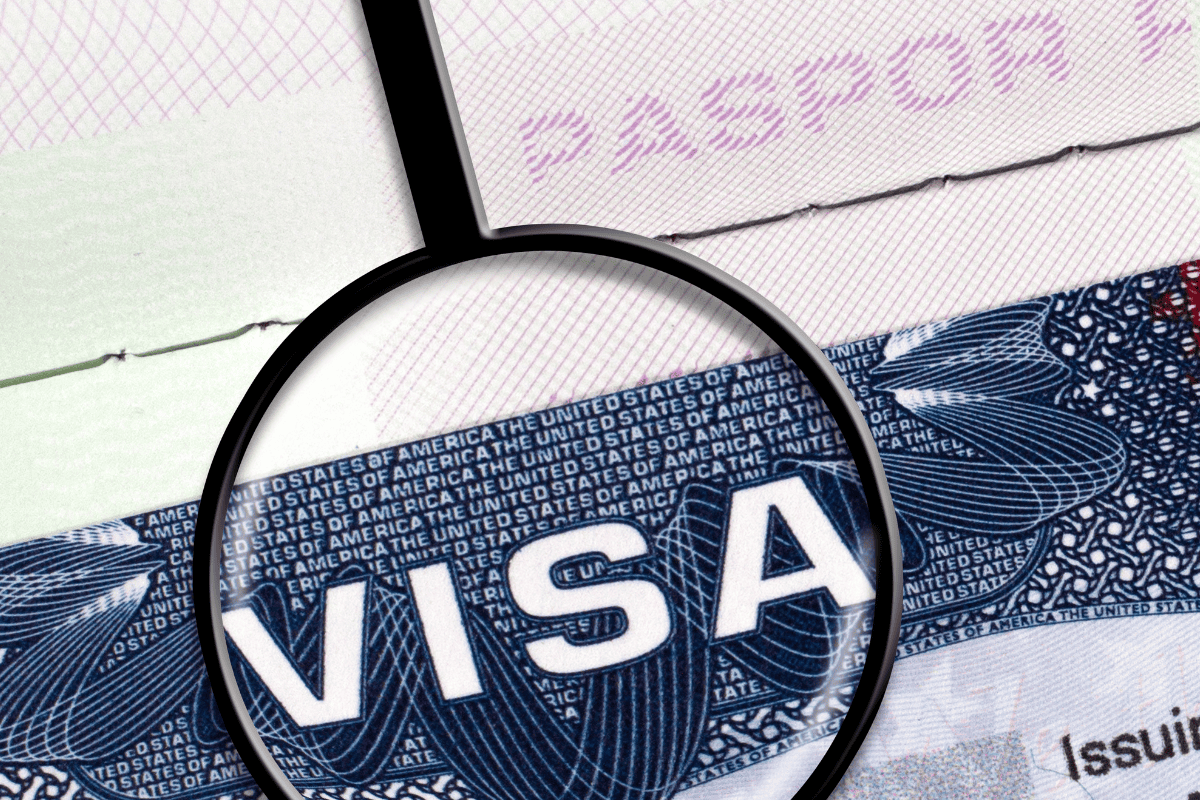Which countries are included in the Schengen visa?
If you're wondering about the countries that fall under the Schengen visa, let me break it down for you. The Schengen visa allows you to travel to 26 European countries without the need for individual visas. These countries include popular destinations like France, Germany, Italy, Spain, and many more. So, if you're planning a trip to Europe, getting a Schengen visa will give you the freedom to explore multiple countries hassle-free.
What are the requirements for a Schengen visa?
If you're planning to apply for a Schengen visa, there are certain requirements you need to fulfill. Firstly, you'll need a valid passport with at least six months of validity remaining. You'll also need to provide proof of travel insurance that covers medical expenses and repatriation. Additionally, you'll have to show proof of accommodation, such as hotel reservations or an invitation letter from a host. Financial documents, like bank statements, will also be required to demonstrate your ability to support yourself during your stay. Lastly, you'll need to submit a completed visa application form and pay the necessary fees.
Schengen visa - a gateway to European travel!
Dreaming of exploring the enchanting cities of Europe? Well, the Schengen visa is your ticket to an unforgettable European adventure. With this visa, you can hop from one country to another within the Schengen area without any hassle. From the romantic streets of Paris to the historic ruins of Rome, the Schengen visa opens up a world of possibilities. Just make sure you meet all the requirements and have your travel plans in order, and you'll be ready to embark on an incredible journey through the heart of Europe.
The Schengen area is made up of several countries including;
Austria,
Belgium,
Croatia,
Czechia,
Denmark,
Estonia,
Finland,
France,
Germany,
Greece,
Hungary,
Iceland,
Italy,
Latvia,
Liechtenstein,
Lithuania,
Luxembourg,
Malta,
the Netherlands,
Norway, '
Poland,
Portugal,
Slovakia,
Slovenia,
Spain,
Sweden,
and Switzerland.
These countries have common rules when it comes to visas and border controls. One important thing to note is that while there are no checks within the internal borders of the Schengen area, some countries may require you to register with local authorities upon arrival, especially if you're staying in private accommodations.
If you're a Canadian citizen planning to travel to the Schengen area, you're in luck! You don't need a visa for stays of up to 90 days within a 180-day period. However, if you leave the Schengen area and return within the same 180-day period, the days you've already spent there will count towards the 90-day limit. So make sure to keep track of your time if you plan on coming and going.
If you're planning on staying in the Schengen area for more than 90 days within a 180-day period, you'll need to obtain the appropriate visa from the high commission or embassy of the country or countries you'll be visiting. It's important to do this before you travel, as staying longer than the permitted 90 days without the proper visa can result in fines or even deportation. When you first enter the Schengen area, make sure to get your passport stamped at the port of entry. This stamp is important as it serves as proof of your entry into the area and can help avoid any issues with local authorities or immigration officials during your visit or when you leave.
Application form (Original)
Contact Consent Form (Original)
Passport (Original + 1 Copy)
Recent biometric photograph (Original)
Travel health insurance (Copy)
Travel Itinerary (Copy)
Government Order (Copy)
Travel purpose (Copy)

